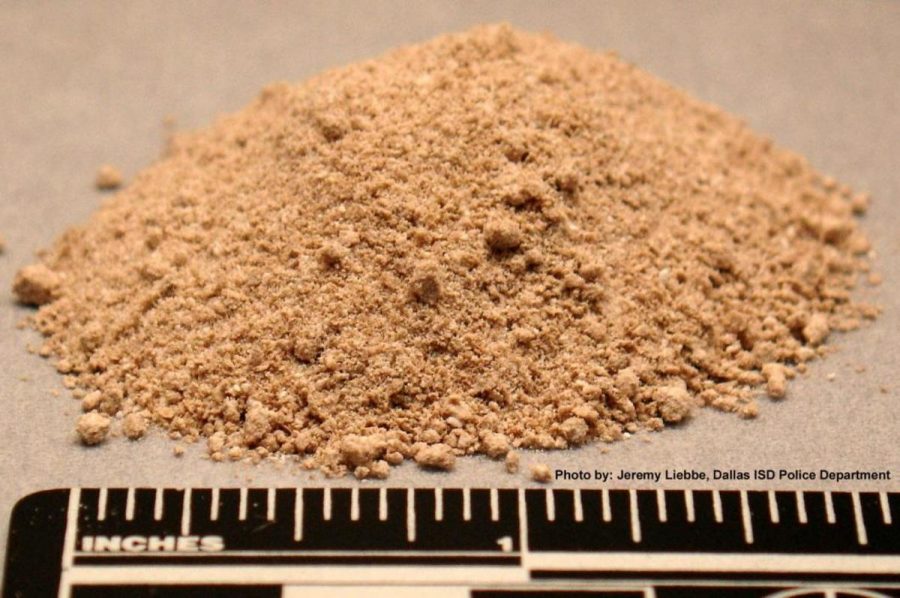Opiate Epidemic Reaches Ohio
White Heroin, being processed at a police station. This form of Heroin is more expensive than Black Tar Heroin. White Heroin is found throughout the U.S., and other countries.
March 13, 2015
First it was Marijuana. Then it was crack-cocaine. Now it’s Heroin. In Butler-County, the #1 cause of death is Heroin-related overdose.
“Heroin is definitely a problem in Cincinnati. And I’m worried about it in Sycamore. I know of several alumni that have OD on Heroin,” said Officer Paul Payne.
In the past decade, addictions to prescription painkiller swept across the nation, a drug that can be purchased between $60-$100. Heroin usage has risen in recent years, while painkillers have declined.
“In the Hamilton region, crack-cocaine has been mostly replaced by Heroin. It’s still a large problem, but less severe than Heroin,” Payne said.
There are several reasons for Heroin’s rapid rise. Heroin, unlike painkillers is a cheap drug. In comparison to crack, this can be as little as $10 or as much as $25 for a hit, a hit of Black Tar Heroin, the main type available in Ohio, costs $5-$10.
Another reason for Heroin’s rise is its potency. Heroin is one of the most addictive drugs, above that of marijuana, meth, and cocaine.
“Around 85% of people who try Heroin for the first time get addicted. That’s why Heroin is such a big problem right now,” Payne said.
Recognizable side effects of Heroin usage include dilated pupils, shortness of breath, vomiting, nausea, and exhaustion.
Long term effects of Heroin use can include weight loss, dental erosion, and paranoia.
If you stop doing Heroin, your body can enter withdrawal.
“We have access to a nasal spray that can prevent people dying from withdrawal. It is very expensive, but it saves lives,” Payne said.
Heroin withdrawal is arguably the most lethal part of a Heroin addicts journey. Withdrawal symptoms can include rashes, hypothermia, fever, seizures, and death.
“The best thing to do is not start,” Payne said.







